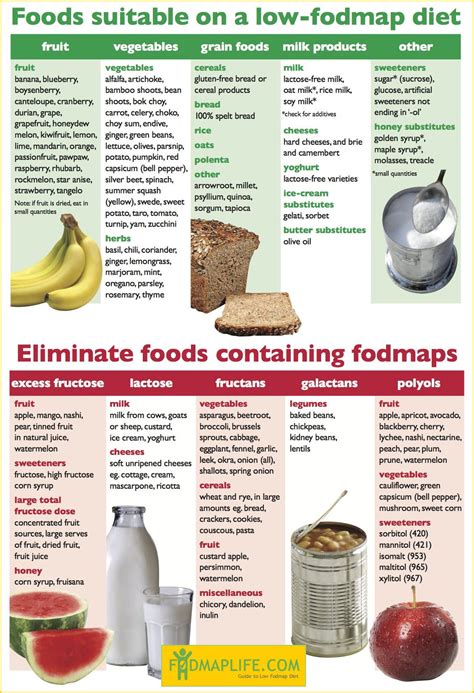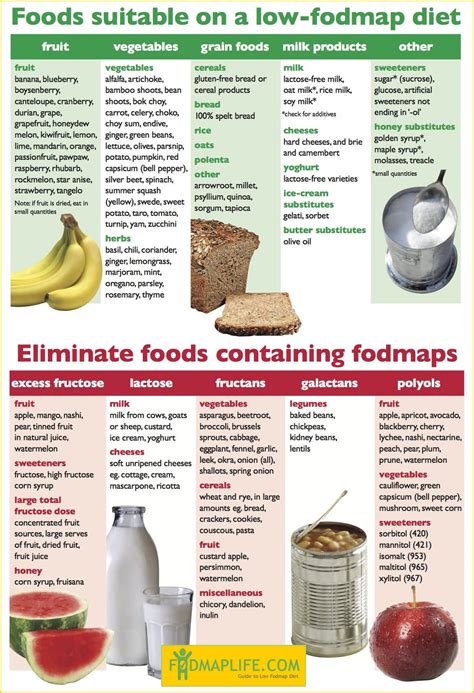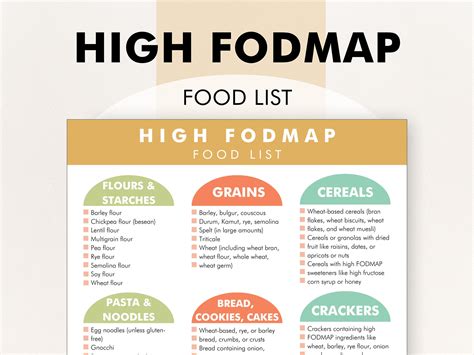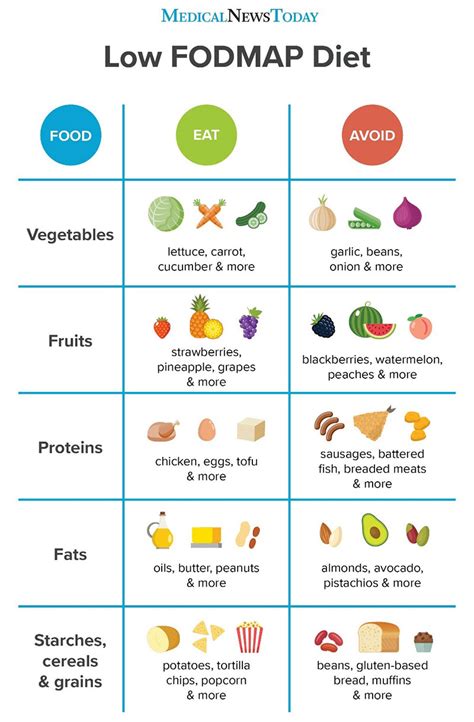Intro
Discover 5 high FODMAP foods to avoid, including wheat, onions, and beans, to manage irritable bowel syndrome (IBS) and reduce digestive issues like bloating, gas, and abdominal pain.
Eating a balanced diet is essential for maintaining good health, but for some individuals, certain foods can cause digestive discomfort due to their high FODMAP content. FODMAPs, or Fermentable Oligo-, Di-, Mono-saccharides, and Polyols, are types of carbohydrates that can be difficult for the body to digest, leading to symptoms like bloating, gas, and abdominal pain. Understanding which foods are high in FODMAPs is crucial for managing these symptoms, especially for those with irritable bowel syndrome (IBS) or other digestive issues. In this article, we will delve into the world of high FODMAP foods, exploring what they are, why they cause issues, and how to navigate a diet that includes or excludes these foods.
The concept of FODMAPs has become increasingly important in the realm of digestive health, as research continues to uncover the impact of dietary FODMAPs on gastrointestinal symptoms. High FODMAP foods are not inherently "bad" or unhealthy; they simply contain types of carbohydrates that some people struggle to digest. The key to managing symptoms is not necessarily to eliminate all high FODMAP foods from the diet but to understand which ones are problematic for each individual and to manage their consumption accordingly.
For many, the journey to better digestive health begins with identifying and possibly reducing the intake of high FODMAP foods. This process can be complex, as it involves understanding the different types of FODMAPs (fructose, lactose, fructans, galactans, and polyols) and which foods contain them. It also requires a bit of trial and error, as sensitivity to these foods can vary greatly from person to person. However, with the right information and approach, individuals can learn to manage their FODMAP intake effectively, leading to significant improvements in their digestive comfort and overall well-being.
Introduction to High FODMAP Foods

Types of High FODMAP Foods

Fructose-Containing Foods
Foods high in fructose are a common source of FODMAPs. These include: - Apples - Pears - Watermelon - Mangoes - CherriesManaging High FODMAP Foods in Your Diet

Benefits of a Low FODMAP Diet
A low FODMAP diet can offer several benefits for individuals with FODMAP intolerance or sensitivity, including: - Reduced symptoms of bloating, gas, and abdominal pain - Improved digestive comfort - Enhanced overall well-beingPractical Tips for a Low FODMAP Diet

Navigating Social Situations
Eating out or attending social gatherings can be challenging on a low FODMAP diet. Tips include: - Informing hosts about dietary restrictions - Choosing restaurants that can accommodate low FODMAP requests - Bringing a low FODMAP dish to shareConclusion and Next Steps

Final Thoughts on High FODMAP Foods

We invite you to share your experiences, ask questions, or offer tips on managing high FODMAP foods in the comments below. Your insights can help others who are facing similar challenges, and together, we can build a supportive community focused on digestive health and wellness. If you found this article helpful, please consider sharing it with others who might benefit from this information.
What are FODMAPs and why are they a concern for some individuals?
+FODMAPs are types of carbohydrates that can be difficult for some people to digest, leading to symptoms like bloating, gas, and abdominal pain. They are a concern for individuals with irritable bowel syndrome (IBS) or other digestive issues.
How do I identify high FODMAP foods in my diet?
+High FODMAP foods include certain fruits, dairy products, wheat and other grains, some vegetables, and sugar substitutes. Keeping a food diary and tracking symptoms can help identify problematic foods.
What is the best approach to managing high FODMAP foods?
+The best approach involves an elimination phase, where high FODMAP foods are removed from the diet, followed by a reintroduction phase to identify trigger foods, and finally, a modification phase to adjust the diet accordingly.
